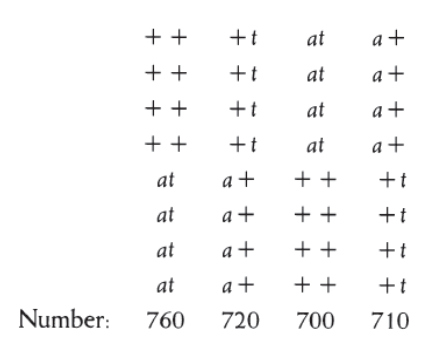#Question id: 11404
#Unit 10. Ecological Principles
You were discovered 4 species in forest, their characteristic as following,
A specie eat only bamboo;
B species eat fruits of many tree species;
C species Short life span;
D species low population variability .
Which of the following species characteristics have been proposed as more prone to extinct?
#Question id: 11405
#Unit 10. Ecological Principles
Vulnerability to extinction can be linked to species
following characteristics. Which of the following statement are correct?
A. Endemism species are more prone to extinction than fragmented
B. Species that are capable of migrating between fragments of habitat, such as between mainland areas and islands, may be more resistant to extinction
C. Population variability species are less prone to extinct
D. Species with naturally long life spans may be more likely to become extinct
#Question id: 11406
#Unit 10. Ecological Principles
Which of the following is true for a critically endangered species?
#Question id: 11407
#Unit 10. Ecological Principles
Which of the following is incorrect statement?
#Question id: 11408
#Unit 10. Ecological Principles
According to IUCN red list criteria , a species would be classified on the basis of following criteria are a- >50 decline in population during last 10 year b-occur in area less than 20,000 sq km c- total adult population less than 2500 Above observation which of the following class of IUCN
#Question id: 11409
#Unit 10. Ecological Principles
Species characteristics that make them less prone to extinction are listed below:
A. Narrow niche and specialized
B. High dispersal power
C. High trophic status
D. Long life span
Which of the following is the correct combination?

